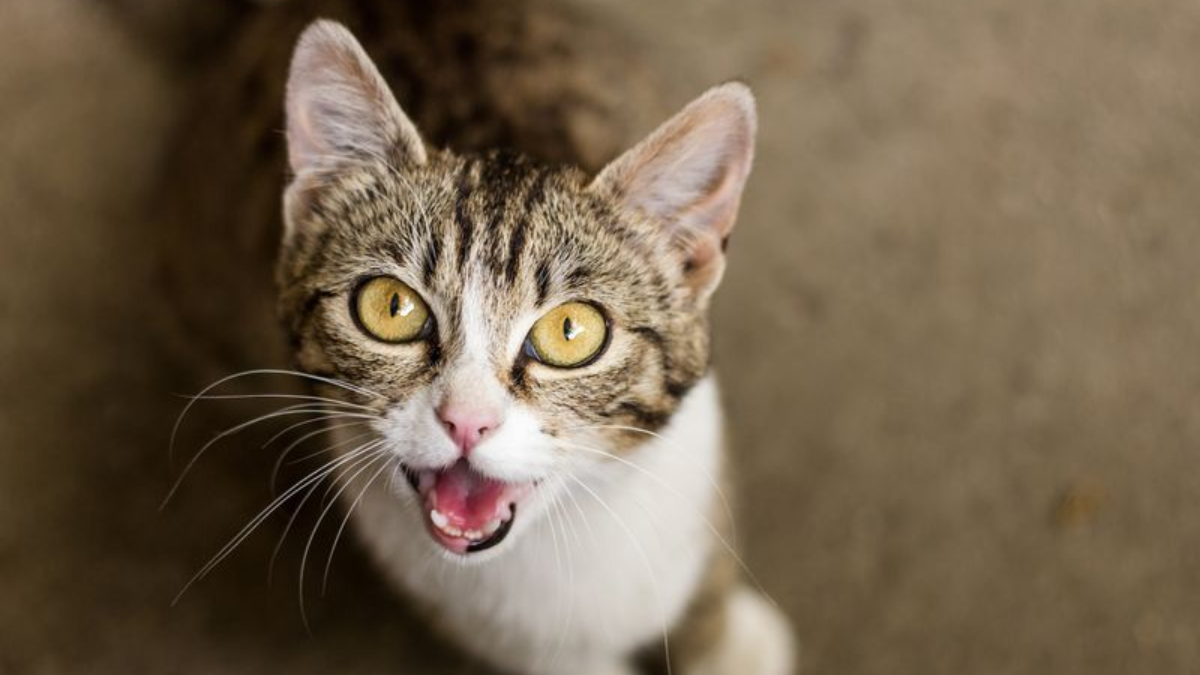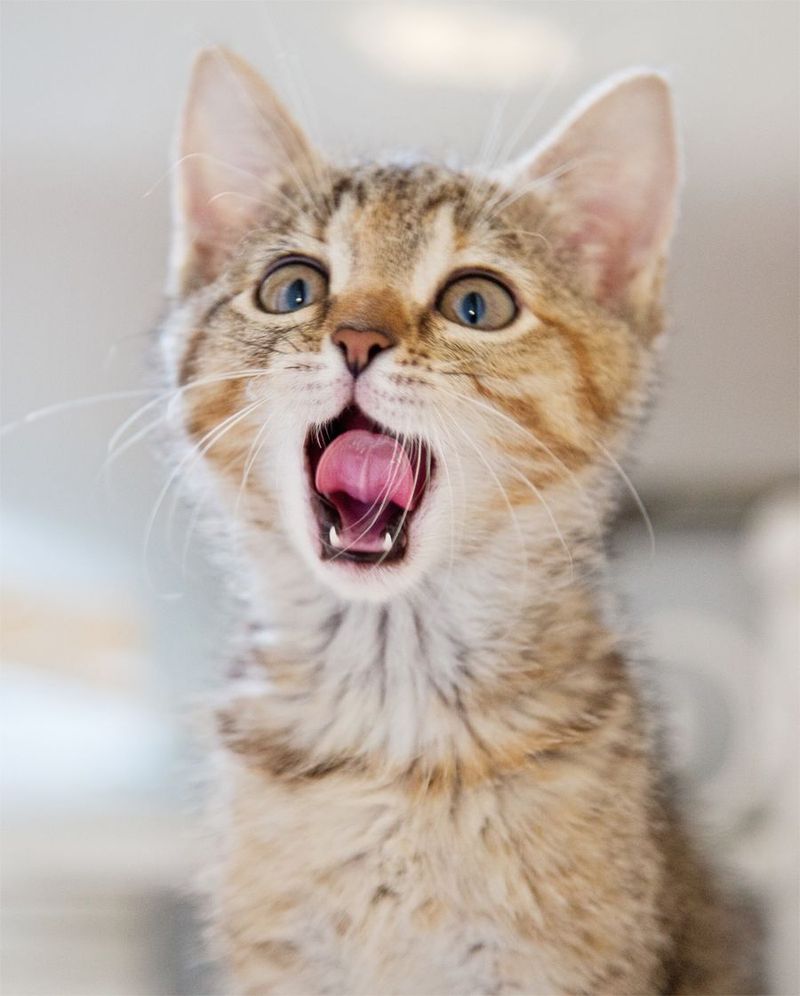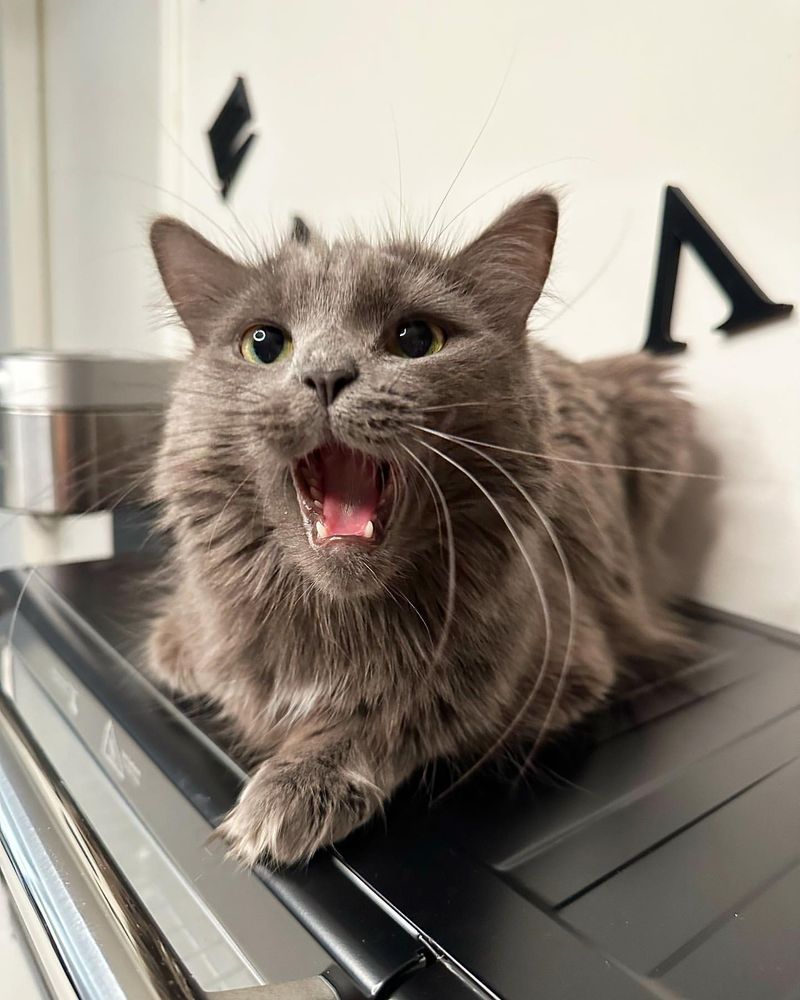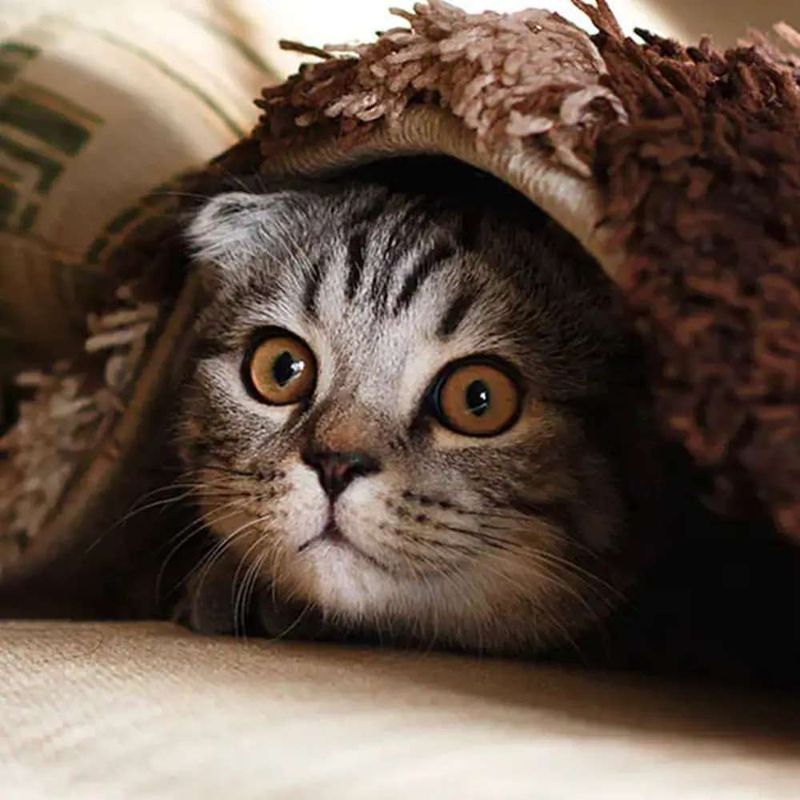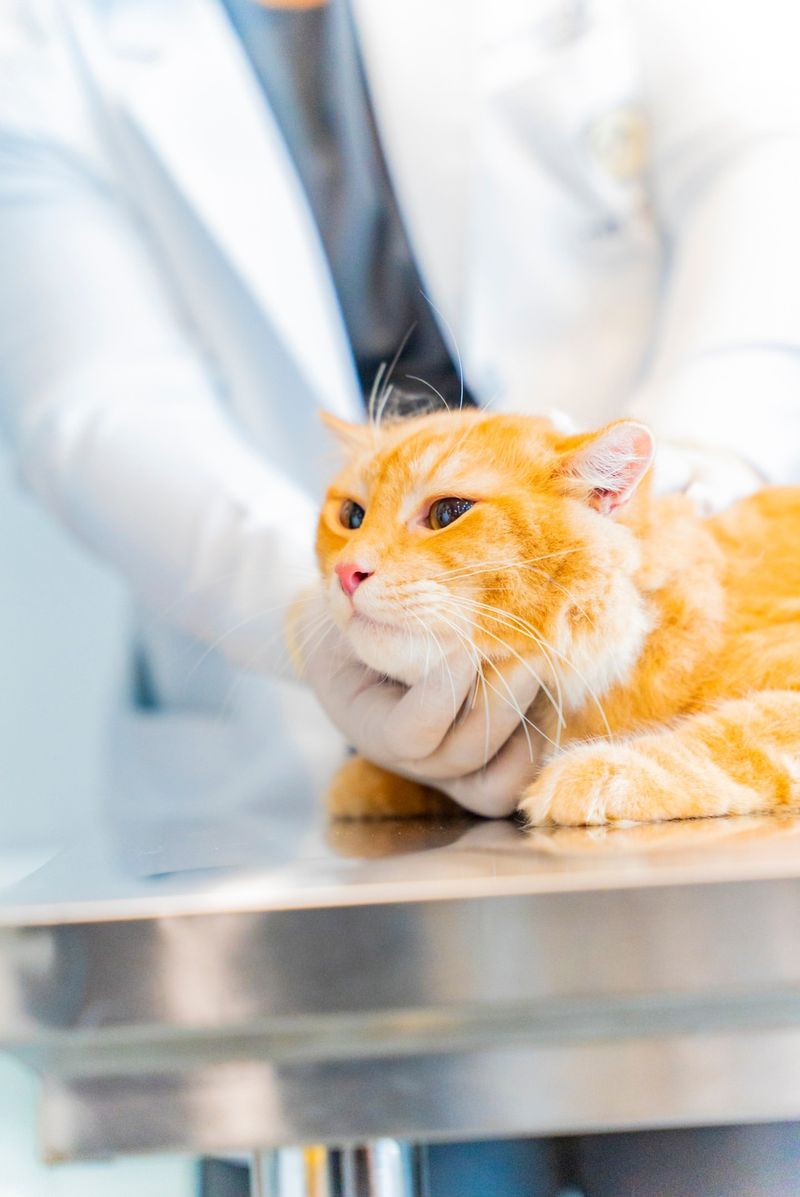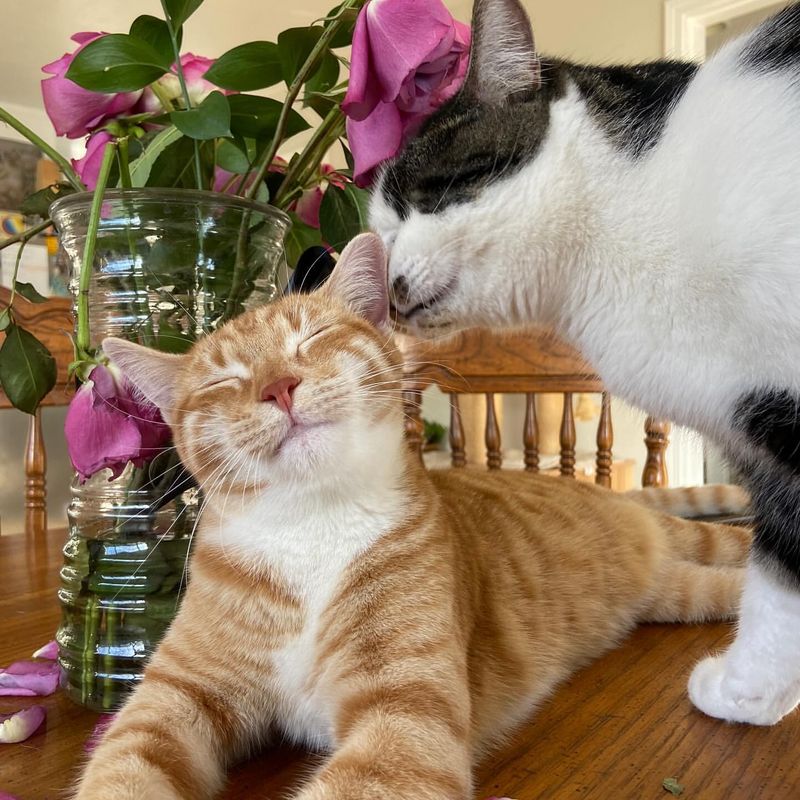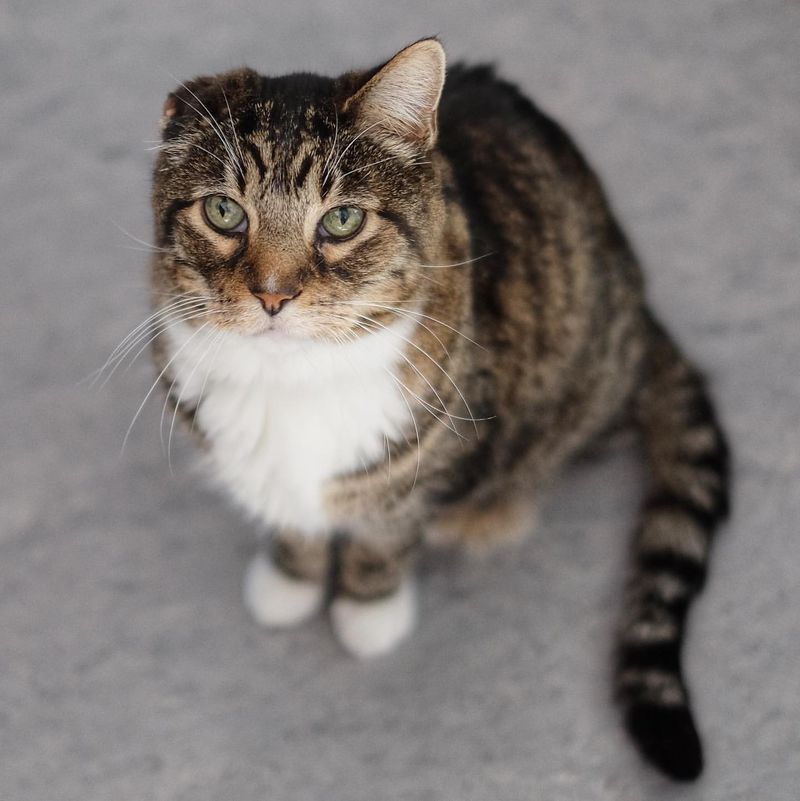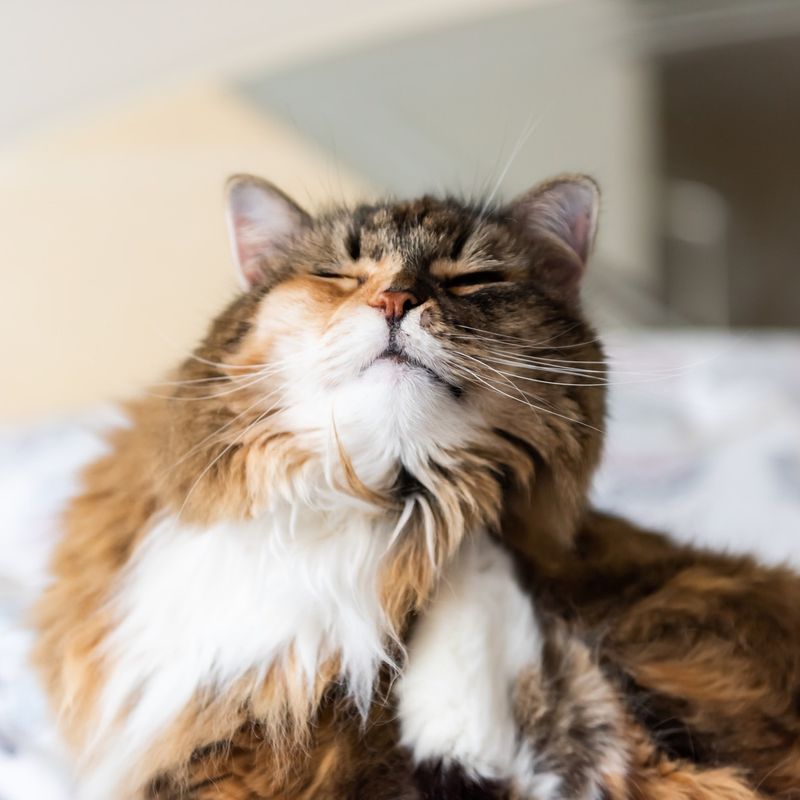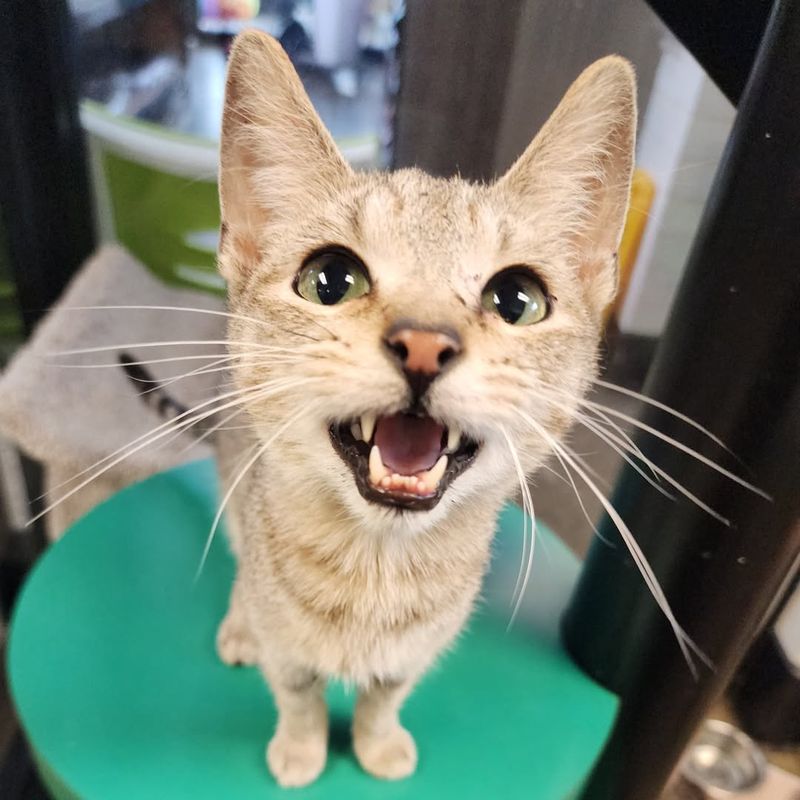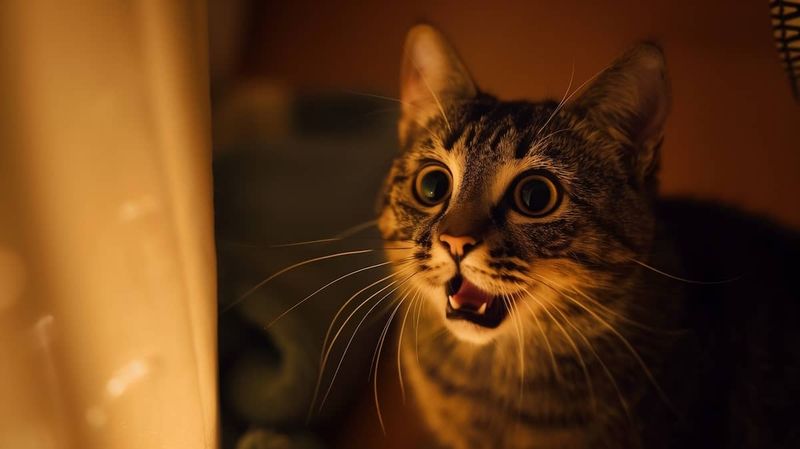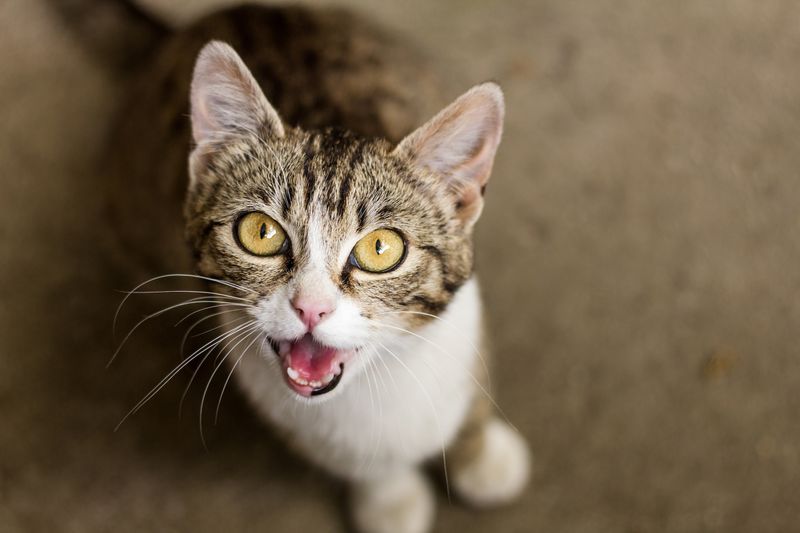📖 Table of Content:
Cats may be creatures of mystery, but their meows? Those are attempts at direct communication. Whether it’s a sweet chirp or a marathon of dramatic wails, excessive meowing can leave even the most seasoned cat parent scratching their head.
Is your feline asking for food, attention, or maybe trying to tell you something deeper?
In this article, we’ll explore 10 common reasons cats meow excessively and break down what those persistent vocalizations really mean. By the end, you’ll have a better understanding of what your chatty companion is trying to say and how you can respond to their needs.
1. Hunger or Thirst
Cats often meow excessively when they’re hungry or thirsty, using it as a call for attention. The sound they make might differ depending on the urgency of their need. Some cats develop a routine, reminding their owners of feeding times with precision.
Ensure that your cat’s feeding schedule is regular, and fresh water is always available. Listening to their meows can help discern patterns related to hunger. Providing interactive feeders can also make mealtime engaging, reducing the frequency of demanding meows.
2. Attention Seeking
Felines are social creatures, and sometimes excessive meowing is a bid for attention. They might follow you around, meowing persistently to engage you in play or affection. This behavior is often observed when a cat feels neglected or bored.
Enrich your cat’s environment with toys and dedicate time for interactive play sessions. Observing their body language with the meowing can offer cues on the type of attention they seek, be it petting, playing, or merely companionship.
3. Stress or Anxiety
Stress and anxiety can lead to excessive vocalization in cats. Changes in their environment, such as moving homes or introducing a new pet, can trigger this behavior. A stressed cat might exhibit other symptoms like hiding and reduced appetite.
Creating a safe, quiet space for your cat can help alleviate stress. Over-the-counter calming aids and pheromone diffusers might assist in soothing their nerves. Addressing the root cause of stress is crucial to reducing anxiety-driven meowing.
4. Medical Issues
Cats cannot verbally express pain or discomfort, so they may meow excessively to signal something is wrong. Health issues, ranging from minor ailments to serious conditions, could be the cause. Elderly cats, in particular, are prone to meowing due to ailments.
Regular vet check-ups are essential for diagnosing and treating any medical problems early. A sudden increase in vocalization should prompt a visit to the vet. Pay attention to other signs of illness, such as lethargy or changes in behavior.
5. Mating Calls
Unspayed and unneutered cats often meow excessively as part of their mating behavior. Females in heat and males sensing a female in heat will vocalize loudly to attract mates. This can be particularly noticeable during certain seasons.
Spaying or neutering your cat not only helps control the pet population but also reduces this type of meowing. If your cat is already spayed or neutered and still meowing excessively, consider other potential causes. Observing their behavior closely can provide clues.
6. Disorientation or Cognitive Dysfunction
Older cats may experience cognitive dysfunction, leading to disorientation and increased meowing. This condition, akin to dementia in humans, affects their memory and spatial awareness, causing confusion.
Keeping a consistent routine and environment can help manage symptoms. Providing mental stimulation through toys and puzzles might slow cognitive decline. If disorientation becomes frequent, consulting a vet for tailored advice and potential treatments is wise.
7. Territorial Behavior
Cats are territorial animals, and excessive meowing can be a reaction to perceived threats to their territory. This often happens when they see other animals outside or hear unfamiliar noises. Their vocalization is a way to assert dominance.
Providing visual barriers or distractions can help manage territorial meowing. Creating a safe and secure environment indoors can minimize stress. Engaging them in play can redirect their energy from defending territory to more positive activities.
8. Boredom
Cats meow excessively when they’re bored, seeking stimulation or interaction. A monotonous environment can lead to increased vocalizations as they attempt to garner your attention or entertain themselves.
Introducing new toys and interactive play can mitigate boredom. Rotating toys and incorporating puzzle feeders can keep their minds engaged. Observing their play preferences helps in selecting suitable toys that maintain their interest and reduce excessive meowing.
9. Greeting Behavior
Some cats may meow excessively as a form of greeting behavior, especially when you return home after being away. This is their way of expressing excitement and connecting with you.
Acknowledging their greeting with affection and verbal responses can reinforce positive behavior. Spending a few moments to interact with them upon returning can satisfy their social needs. Building a routine around greetings can also help manage their expectations and reduce anticipatory meowing.
10. Nighttime Activity
Cats are naturally nocturnal, and excessive meowing at night is common. They may be seeking attention or expressing their desire to explore. Nighttime vocalizations can be disruptive, especially if your cat is overly active.
Establishing a bedtime routine with play sessions before sleep can help tire them out. Ensure they are comfortable and have access to essentials like food and a litter box during the night. Gradual adjustments can align their activity patterns more closely with yours.
11. Curiosity or Exploration
Cats are inherently curious creatures, and meowing can accompany their explorations. This vocalization helps them communicate their discoveries or express contentment during their adventures.
Encouraging exploration with safe spaces and new environments can stimulate their minds. Offering interactive toys and challenges can satisfy their curiosity. Observing their demeanor while they meow can provide insight into whether it’s a sign of happiness or an invitation to join in their exploration.
